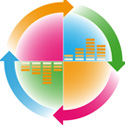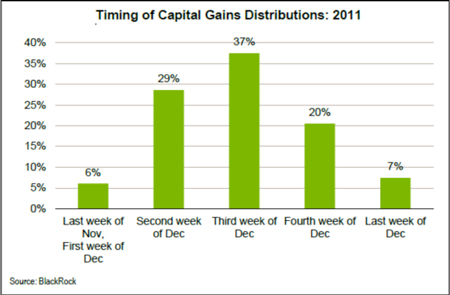
 Are you the winner (or do you just wish you were)? The recent Powerball jackpot was estimated to be about $550M. That is $550 plus six zeros – that’s a big number!
Are you the winner (or do you just wish you were)? The recent Powerball jackpot was estimated to be about $550M. That is $550 plus six zeros – that’s a big number!
Let’s take a look at the math and then a few suggestions on how your next steps:
If there had only been a single winning ticket, and assuming you receive your payout in 2012 and you elect the lump sum, you are looking at about $248M after federal income taxes. Have you heard about the fiscal cliff? Well, now that you won you might take notice. Unless Congress elects to act and extends the Bush tax cuts, you are looking at potentially an extra $18M in federal income taxes next year – yikes! Not that you can’t get by with only $230M – but you might race to pick up your check before 2013 hits just to be sure. You see, the top tax rate is expected to increase to 39.6% and there is a new Medicare surtax which probably increases the tax bill by 5.5% or $18M in your case.
Some action steps you might consider:
- Get a good team on your side. Work with a good financial planner, tax accountant, and estate planning attorney BEFORE you collect (so that means right away because the clock is ticking down to the end of the year.
- Tell your boss what you really think of him AFTER you have your money.
- Then, and this is important, give yourself a 6 month "No Decision Zone"! That's right, hold off on making long term decisions and get your ducks, or bucks in this case, in a row. There will be plenty of time to spend.
- Don't be a statistic! The statistics are not on your side. Unfortunately most lottery winners, regardless of the size of winnings, evaporate their winnings in just 2.5 years*
Congratulations on beating the odds. It has been said that money is a means to an end. With smart decisions the means can be meaningful. Good luck.
*Source: Ipsos MORI Market Research
The information has been obtained from sources considered to be reliable, but we do not guarantee that the foregoing material is accurate or complete. Any opinions are those of Center for Financial Planning, Inc., and not necessarily of RJFS or Raymond James. You should discuss any tax or legal matters with the appropriate professional.



















